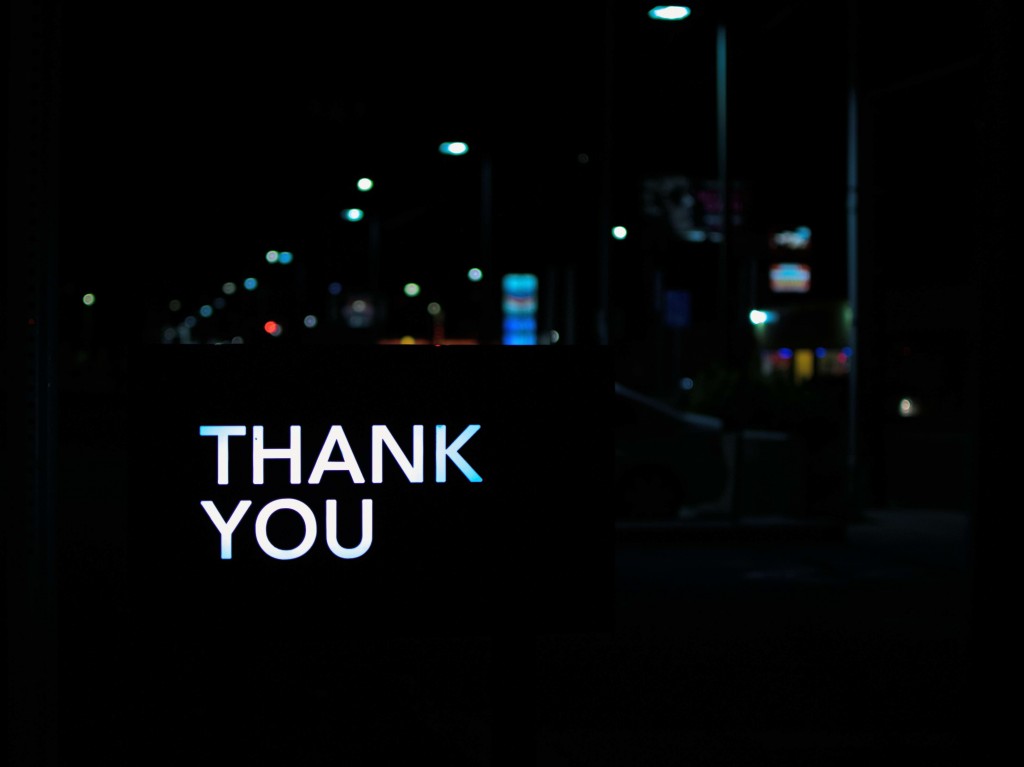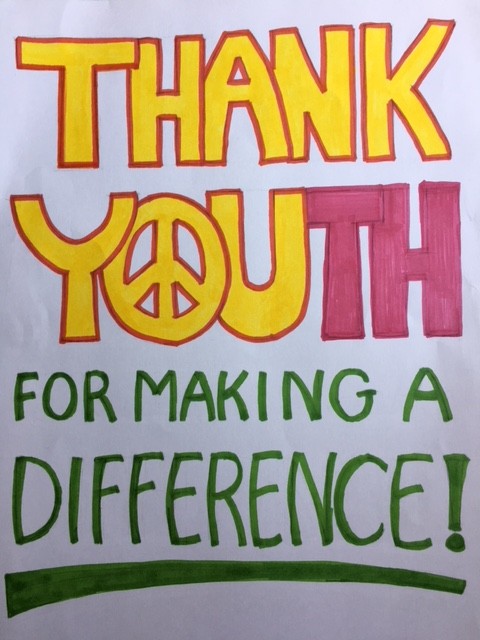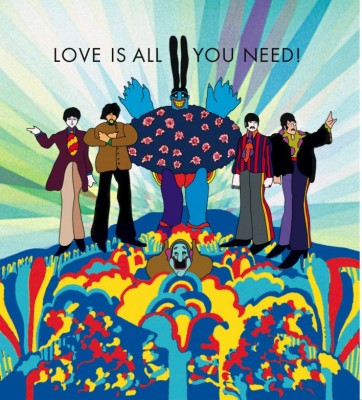Beyond offering leadership academies, mentoring, and coaching, more companies are choosing to engage employees in a more meaningful, personal way by offering Volunteer Time Off (VTO). I am a firm believer in volunteerism and how it enhances professionals’ skills. What is unique about VTO is that employees are paid while working on important local, national, or global community projects, learn from the experience, and hopefully apply that learning at work. Outdoor gear specialist Patagonia offers employees a variety of VTO opportunities, and sales leader salesforce.org offers its employees seven paid VTO days each year.
VTO is a win-win for both employer and employee. Here are some thoughts on the benefits of VTO:
Deeper level of connection. Service to others sets aside the ego because your number one goal is to help others. Many companies require employees to remain “unplugged” from technology while participating in VTO. No quick sales calls. No checking in with the office. The whole point of the experience is to engage fully in the work to be done.
Present moment awareness. When you are volunteering for others, you are most concerned with handling the task at hand, no matter what it is. Whether helping to build a Habitat for Humanity home in an aging urban city or bring fresh water to a small village in Africa, you are most mindful of what you are doing from moment to moment.
Expanded worldview. When you see the world from an entirely different perspective while living among people whose cultures and way of life are completely opposite from yours, it shifts your worldview. Some say the experience is as if someone removed a film from their eyes so they could see more clearly.
Transformation. Beyond an expanded worldview can come a complete transformation of mind, body, and spirit. Acts of kindness build character. You may see a slight change in yourself, or you may see a different person emerging after a VTO experience.
Better employees. When you learn something new every day, use different creative thinking or problem solving skills, and lead, or even follow, you return to your company as a better employee. You gain much more from an offsite cultural exchange than you ever could experience within an office environment.
Shared, supportive values. Companies that offer VTO to its employees share positive values with employees, like compassion, kindness, generosity, and creativity. When you work for a company that practices social responsibility, you just feel good when you come to the office every day.
How could a Volunteer Time Off program benefit your company and its employees?










